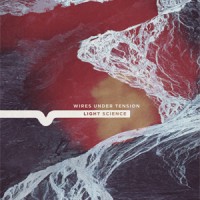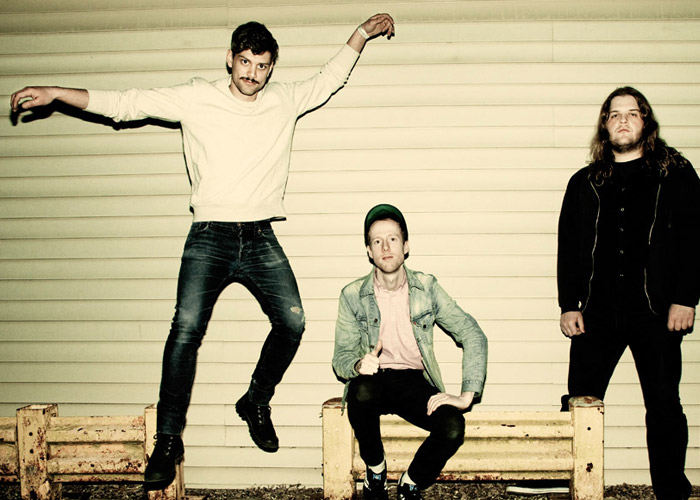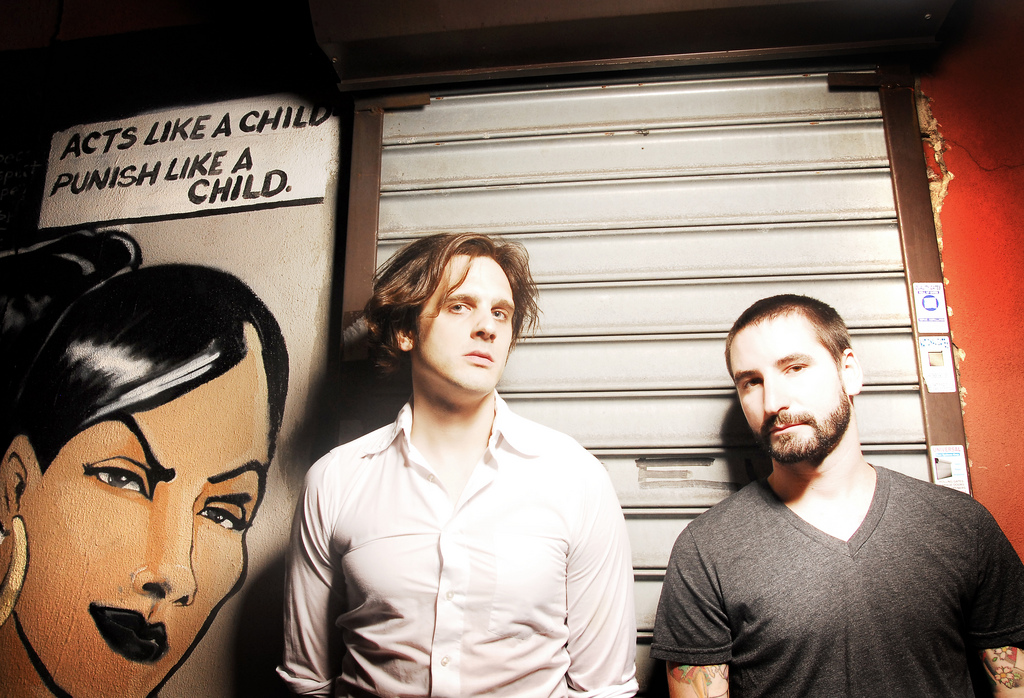 Wires Under Tension: Light Science (Western Vinyl, 2/8/11)
Wires Under Tension: Light Science (Western Vinyl, 2/8/11)
Wires Under Tension: “Electricity Turns Them On”
[audio:https://alarm-magazine.com/wp-content/uploads/2011/03/WV82.ETTO_.mp3|titles=Wires Under Tension: “Electricity Turns Them On”]
The revolution may not be televised, but the Zombiepocolypse will be soundtracked by Wires Under Tension. The duo’s newest album, Light Science, meanders around the musical spaces between hopeful and hopeless, maintaining its taut excitement throughout.
Classically trained violinist Christopher Tignor brings the carefully orchestrated strings, while Theo Metz manages to organize the chaos with his syncopated rhythms. Loops, bleeps, and boops chime in from somewhere beyond the present. WUT never intended to make popular music, and it succeeded spectacularly. Between tour dates, Tignor was kind enough to answer a few of ALARM’s questions.
You discuss making music in a very intense, detailed, deliberate way. (“This violin technique, known as bariolage, makes use of high-energy string crossings to create melodic arcs which convey the very essence of the instrument.”) What formal musical training do you have, and how does that influence the sound?
Theo and I both grew up playing in rock bands and also [had] some classical training. As a violinist, that was the first way I began playing music, so dealing with scores is built in. As with discussing the music, I’d say we create music for an audience that isn’t interested in being underestimated and that would be excited at the prospect of bumping into new ideas. I think we’re in a unique position to do that, given our intense and varied musical backgrounds.
The first image that came to mind when I heard “Сказал Сказала” was the abandoned cityscape in 28 Days Later. The second thought was, “This is the soundtrack playing in my head when I’m lost in the Bronx.” What’s the connection between the album and the new neighborhood?
The neighborhood I live in the Bronx is Mott Haven. It’s a very down-to-earth residential place, in essence the antidote to hipster-dom. After living in Greenpoint, Brooklyn for 13 years and seeing its changes, I find that quite refreshing. There’s a real urban energy tied up with risk and struggle that a place loses when [it] starts feeling more like an extension of some liberal-art college campus. Just like string instruments, without tension there is no resonance.
 The Raveonettes: Observator (Vice, 9/11/12)
The Raveonettes: Observator (Vice, 9/11/12)









